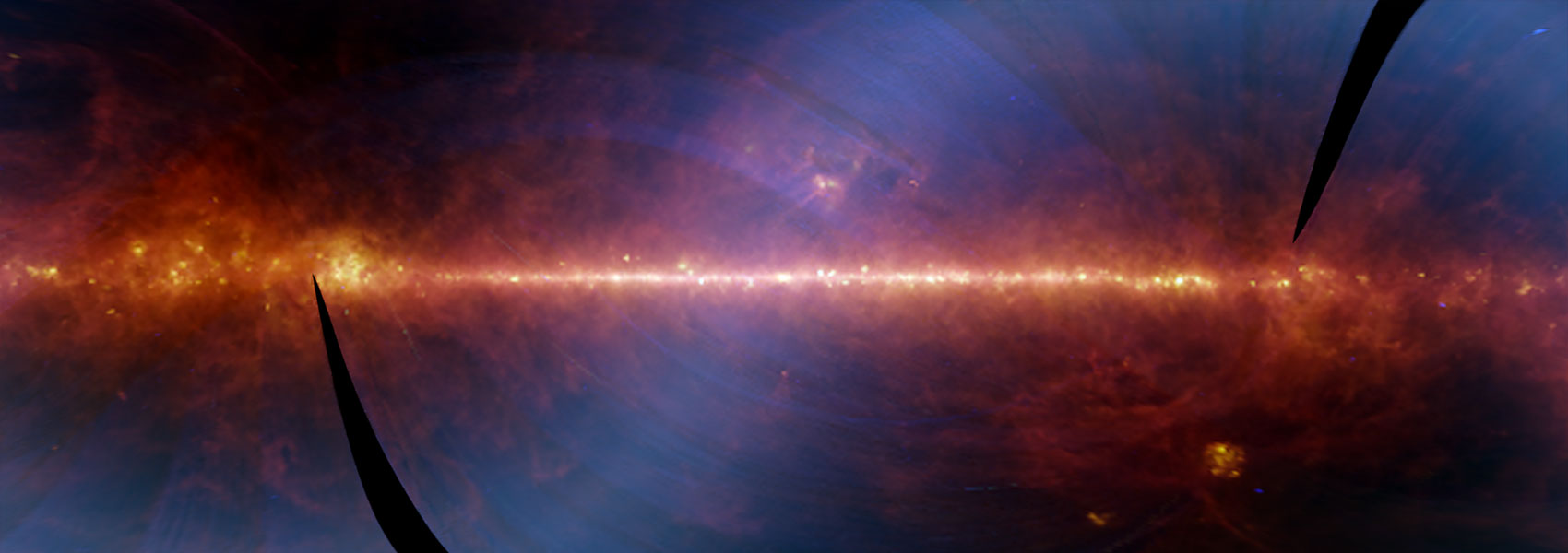April
2023
•
2023ApJ...947L..24M
Authors
•
Morishita, Takahiro
•
Roberts-Borsani, Guido
•
Treu, Tommaso
•
Brammer, Gabriel
•
Mason, Charlotte A.
•
Trenti, Michele
•
Vulcani, Benedetta
•
Wang, Xin
•
Acebron, Ana
•
Bahé, Yannick
•
Bergamini, Pietro
•
Boyett, Kristan
•
Bradac, Marusa
•
Calabrò, Antonello
•
Castellano, Marco
•
Chen, Wenlei
•
De Lucia, Gabriella
•
Filippenko, Alexei V.
•
Fontana, Adriano
•
Glazebrook, Karl
•
Grillo, Claudio
•
Henry, Alaina
•
Jones, Tucker
•
Kelly, Patrick L.
•
Koekemoer, Anton M.
•
Leethochawalit, Nicha
•
Lu, Ting-Yi
•
Marchesini, Danilo
•
Mascia, Sara
•
Mercurio, Amata
•
Merlin, Emiliano
•
Metha, Benjamin
•
Nanayakkara, Themiya
•
Nonino, Mario
•
Paris, Diego
•
Pentericci, Laura
•
Rosati, Piero
•
Santini, Paola
•
Strait, Victoria
•
Vanzella, Eros
•
Windhorst, Rogier A.
•
Xie, Lizhi
Abstract
•
We present the spectroscopic confirmation of a protocluster at z = 7.88 behind the galaxy cluster Abell 2744 (hereafter A2744-z7p9OD). Using JWST NIRSpec, we find seven galaxies within a projected radius of 60 kpc. Although the galaxies reside in an overdensity around ≳20× greater than a random volume, they do not show strong Lyα emission. We place 2σ upper limits on the rest-frame equivalent width <16-28 Å. Based on the tight upper limits to the Lyα emission, we constrain the volume-averaged neutral fraction of hydrogen in the intergalactic medium to be x HI > 0.45 (68% C I). Using an empirical M UV-M halo relation for individual galaxies, we estimate that the total halo mass of the system is ≳4 × 1011 M ⊙. Likewise, the line-of-sight velocity dispersion is estimated to be 1100 ± 200 km s-1. Using an empirical relation, we estimate the present-day halo mass of A2744-z7p9OD to be ~2 × 1015 M ⊙, comparable to the Coma cluster. A2744-z7p9OD is the highest redshift spectroscopically confirmed protocluster to date, demonstrating the power of JWST to investigate the connection between dark-matter halo assembly and galaxy formation at very early times with medium-deep observations at <20 hr total exposure time. Follow-up spectroscopy of the remaining photometric candidates of the overdensity will further refine the features of this system and help characterize the role of such overdensities in cosmic reionization.
Links




